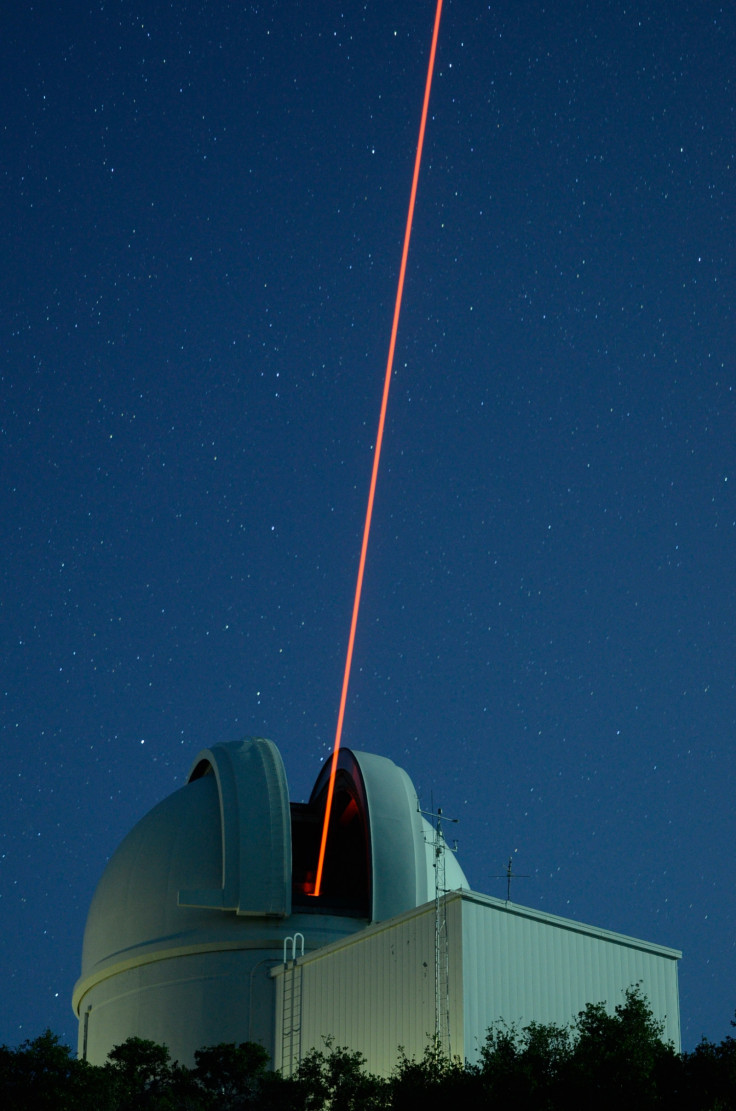Robotic Telescope Robo-AO Scans Sky In Record Time

The world's first robotic telescope is beginning to scan thousands of exoplanet systems in record time. This is expected to throw light on how planets are formed and provide insight into any existing extra-terrestrial life.
Combining speed and image quality, the Robo-AO attached to the Palomar 1.5-meter telescope, has already made over 13,000 observations. The first Robo-AO survey, covering 715 exoplanet hosts, is the single largest scientific adaptive optics survey ever.
The images have a resolution approaching those of the Hubble Space Telescope, which operates in orbit above the earth's atmosphere.
The international Robo-AO team, led by Dr. Christoph Baranec of the University of Hawaii at Manoa's Institute for Astronomy, is extending the survey to image each and every one of the 4,000 potential exoplanets discovered by Nasa's Kepler mission to validate if they are indeed planets or not.

While Kepler, which orbits the sun has its advantages, the image quality is not as good as what Robo-AO delivers, say the scientists.
Robo-AO is also looking at binary star systems where each star has a planetary system of its own. "We're finding that 'hot Jupiters' are almost three times more likely to be found in wide binary star systems than other exoplanets, shedding light on how these exotic objects formed," said Prof. Nicholas Law (University of North Carolina at Chapel Hill's College of Arts and Sciences), Robo-AO's project scientist and lead author in the Astrophysical Journal paper.
The results of attaching the Robo unit to the hundreds of 1-3 m telescope scattered across the globe can be stupendous in terms of data generated.
Baranec, Robo-AO's principal investigator and lead author of the Astrophysical Journal Letter, led the development of the innovative Robo-AO system on the Palomar 1.5-meter telescope.
While adaptive laser optics has been around for some time, the automated version speedens up the process. Existing optics needs around 10 minutes to lock onto one target where the Robo brings that time down to one minute.
The other issue of taking images from ground is the blurring caused by the atmosphere. Using the laser, the team looked at the effect of turbulence on images. This was cancelled out by using a deformable mirror and manipulating the image accordingly.
© Copyright IBTimes 2025. All rights reserved.





















